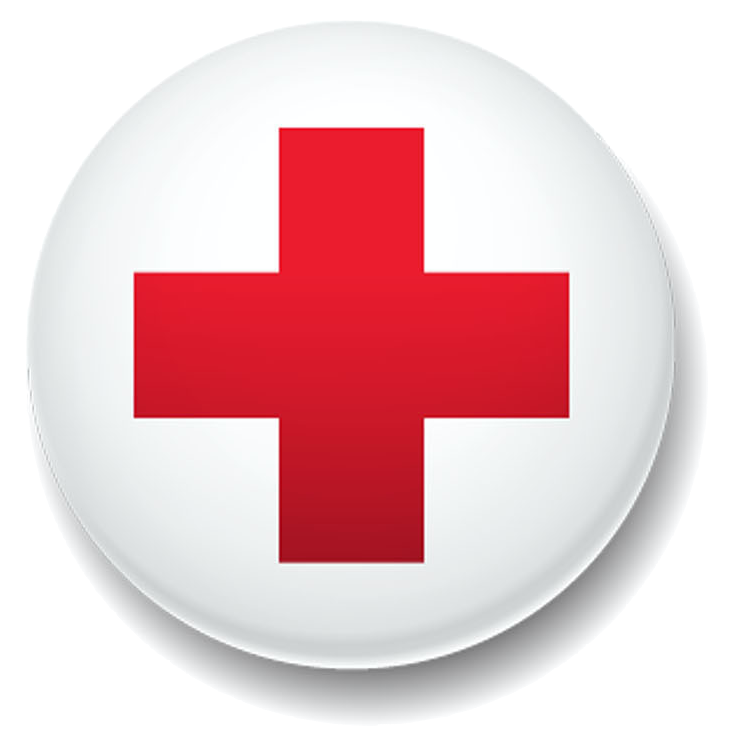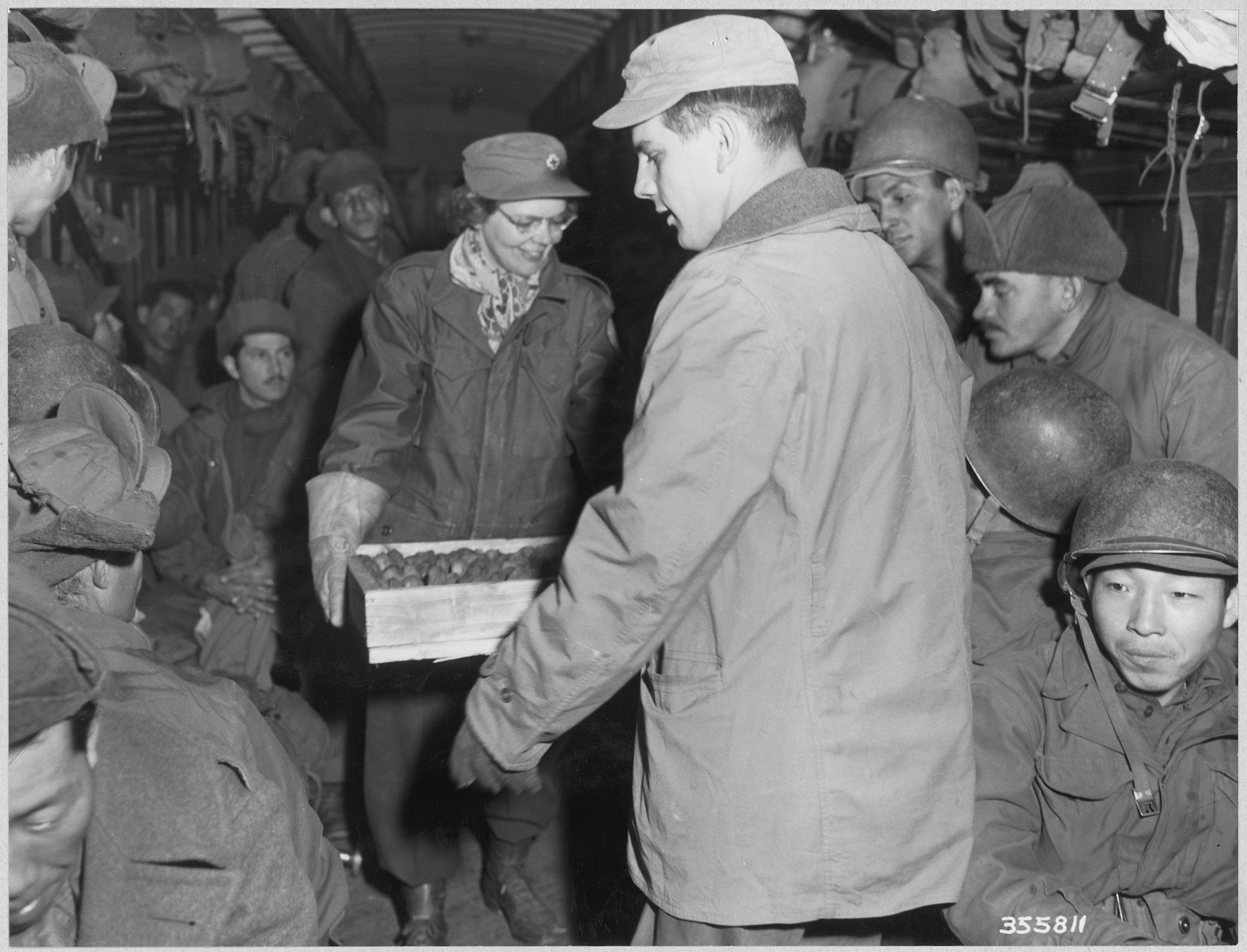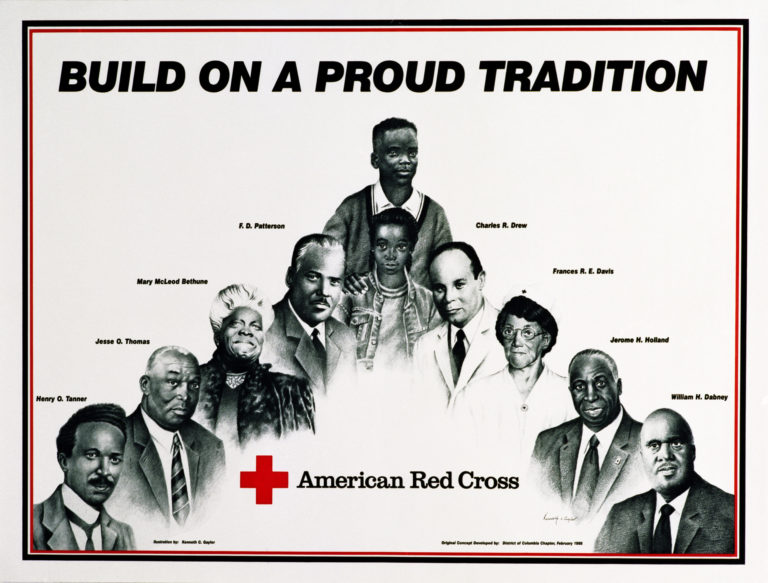By Los Angeles Region CEO, Jarrett Barrios
The Cold War is alive and well in Hollywood. Last week’s release of Atomic Blonde was the most recent in this retro-feeling genre that includes Bridge of Spies and The Americans and that, for emotional effect, skillfully mines our abiding worries of global nuclear war.
It is also alive down in Culver City, where the fabulous Wende Museum dedicates itself to preserving Cold War art, culture, and history from the Soviet Bloc countries. Millennial Americans will feel the history in these exhibitions but, for those of us old enough to remember the Iron Curtain, the museum’s artifacts trigger that queasy sense of despair one couldn’t help but feel when confronted with the enormity of the stakes we faced during those times.
Today’s headlines about North Korea, and their disturbing threats and nuclear missile tests, takes us right back to that dark place in our history. According to the L.A. Times , “A string of underground nuclear weapons tests and increasingly sophisticated missile flights have led analysts to conclude that North Korea already has the capability of sending a warhead to Alaska and possibly Hawaii. Within one or two years, based on its stunning rate of progress, North Korea should have Los Angeles, San Francisco, Seattle and Portland, Ore., within range.”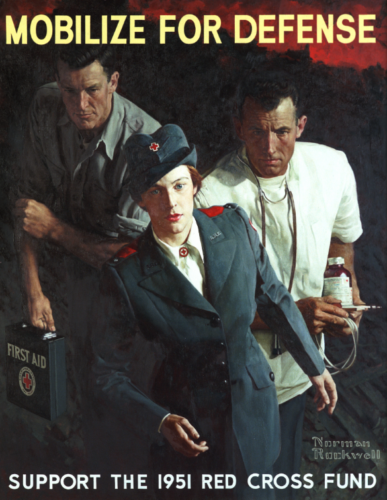
While it may not yet be time to begin re-furbishing those fallout shelters and dusting off old civil defense manuals, this recent news out of North Korea has a lot of us wondering: what did it mean to be ‘Red Cross Ready,’ back in the 50’s and 60’s, for a nuclear event?
In researching this, I came across a 1950 document titled, “The Role of the American National Red Cross in Civil Defense.” It specifically points out that the Red Cross would assist with first aid training, training in homecare of the sick and injured and nurses aid activities, provision of food, clothing, and temporary shelter on a mass care basis during an immediate emergency period, participation in a wartime nation-wide blood program, and making available existing organized chapter volunteers and resources for participation in civil defense activities. Overall, the focus then was on educating and training individuals, and encouraging community-wide preparation. And throughout this time period, close cooperation continued between the American National Red Cross and the Federal Civil Defense Administration.
Bottom line? The time-honored practice of seeking cover in an interior room or basement, and to have at least 14 days of food and supplies on reserve for each person in your family continues. If you are out of the blast radius the chief risk is fallout radiation, and two weeks of time taking cover from radiation allows 99% of the radiation to dissipate.
If you fear being within the blast radius, the recommended practice back then was pretty much the same as today’s earthquake drills—Drop, Cover and Hold On. More recommendations can be found on Ready.gov, and include:
Before a Nuclear Blast
- Build an Emergency Supply Kit.
- Make a Family Emergency Plan.
- Find out from officials if any public buildings in your community have been designated as fallout shelters. If your community has no designated fallout shelters, make a list of potential shelters near your home, workplace and school, such as basements, subways, tunnels, or the windowless center area of middle floors in a high-rise building.
During a Nuclear Blast
- Listen for official information and follow the instructions provided by emergency response personnel. If an attack warning is issued, take cover below ground if possible, and preferably in a structure built of brick or concrete.
- During the time with the highest radiation levels it is safest to stay inside, sheltered away from the radioactive material outside.
- Radiation levels are extremely dangerous after a nuclear detonation, but levels reduce rapidly. Expect to stay inside for at least 24 hours unless told otherwise by authorities.
- If you are caught outside during a nuclear blast, turn away from the flash or fireball–it can blind you. Take cover by putting something big and sturdy between you and the blast wave. If you have no cover, lay on the ground face-down until the blast wave passes. Take shelter as soon as you can, even if you are many miles from where the attack occurred.
After a Nuclear Blast
- Remain inside until authorities recommend it is safe to come out. It might be necessary for those in the areas with highest radiation levels to shelter for up to a month.
- Listen to the radio and television for news about what to do, where to go, and places to avoid.
- Stay away from damaged areas.
- Stay away from areas marked “radiation hazard” or “HAZMAT.”
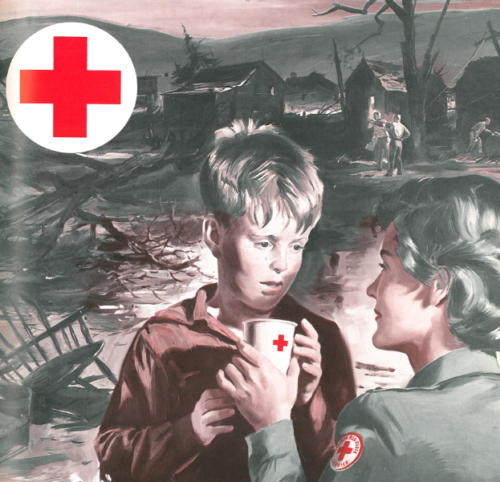 Now, I’m not building a fallout shelter in my back yard just yet; but, now is the time to begin thinking about how we all can be best prepared for any type of large-scale emergency or disaster— including a possible nuclear attack. In a recent phone call, Jeff Reeb, Director of the Chief Executive Office for the Los Angeles County Emergency Operations Center, told me that, “although this is an unlikely, low-probability event, coordination between federal, state, and local agencies will be key.” He also emphasized preparedness in stating, “In any large-scale emergency or disaster we urge residents to have an all-hazards readiness approach.” Rest assured, here at the Red Cross Los Angeles Region, we are working closely with the Los Angeles County Office of Emergency Management to coordinate our preparedness and response efforts. And while I certainly hope it doesn’t come to that, please know that at the Red Cross, we always stand ready.
Now, I’m not building a fallout shelter in my back yard just yet; but, now is the time to begin thinking about how we all can be best prepared for any type of large-scale emergency or disaster— including a possible nuclear attack. In a recent phone call, Jeff Reeb, Director of the Chief Executive Office for the Los Angeles County Emergency Operations Center, told me that, “although this is an unlikely, low-probability event, coordination between federal, state, and local agencies will be key.” He also emphasized preparedness in stating, “In any large-scale emergency or disaster we urge residents to have an all-hazards readiness approach.” Rest assured, here at the Red Cross Los Angeles Region, we are working closely with the Los Angeles County Office of Emergency Management to coordinate our preparedness and response efforts. And while I certainly hope it doesn’t come to that, please know that at the Red Cross, we always stand ready.
 Jarrett Barrios is the Chief Executive Officer at the American Red Cross Los Angeles Region. But, above all, Jarrett Barrios is a humanitarian, with more than 20 years of experience helping those in need throughout the United States and Cuba.
Jarrett Barrios is the Chief Executive Officer at the American Red Cross Los Angeles Region. But, above all, Jarrett Barrios is a humanitarian, with more than 20 years of experience helping those in need throughout the United States and Cuba.
To learn more about Jarrett Barrios or the America Red Cross Los Angeles Region, visit RedCrossLA.org
